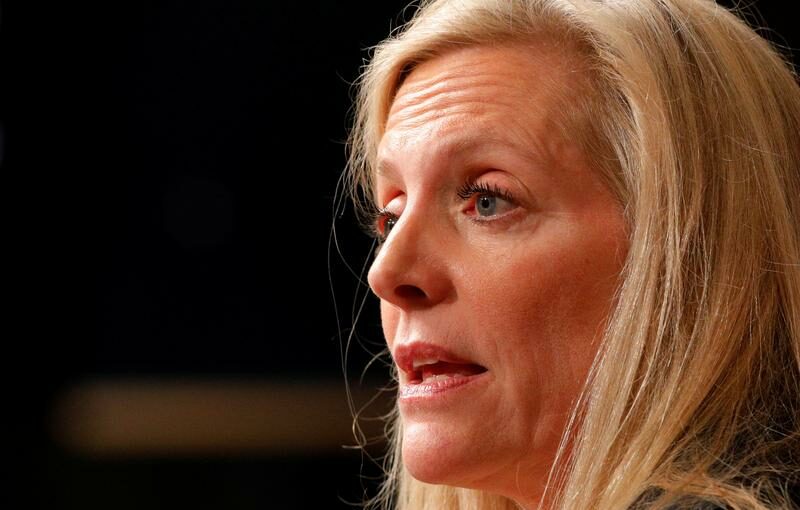WASHINGTON (Reuters) – The U.S. Federal Reserve will show “resolute patience” in waiting to meet its employment and inflation goals before pulling back on support for an economy still healing from the pandemic, Fed Governor Lael Brainard said on Tuesday.
Rather than using “preemptive” moves when unemployment falls and inflation show signs of rekindling, Brainard said any Fed action to tighten monetary policy is now “conditioned on employment and inflation outcomes.”
“This approach implies resolute patience while the gap closes between current conditions and the maximum-employment and average inflation outcomes,” the Fed has set for itself, Brainard said.
The language further cements the message Fed officials have tried to give investors still skeptical the central bank will ignore the price pressures expected to accumulate in coming months, and let the economy run “hot” in order to encourage more hiring.
That policy shift, discouraging the past practice of heading off inflation early, was approved last year but faces its first real test in a reopening economy buoyed by vaccines, easing restrictions, loose Fed policy, and ample federal fiscal spending.
Brainard, in comments to the National Association for Business Economics, said she shares the “considerably brighter economic outlook” of her colleagues, who as a group expect growth around 6.4% this year.
But the United States is still not clear of pandemic risks – only about a quarter of the population has received a shot, and daily infections remain in the tens of thousands – and there are still 9.5 million jobs to reclaim.
Moving too soon to pull back on the Fed’s $120 billion in monthly bond buying or to raise interest rates, Brainard said, “risks an unwarranted loss of opportunity for many of the most economically vulnerable Americans.”
Though prices are expected to rise this year, she said evidence so far does not indicate that inflation expectations are moving out of line with the Fed’s 2% target.
“It will take some time to achieve substantial further progress,” towards the inflation and employment goals, Brainard said. “By taking a patient approach based on outcomes rather than a preemptive approach based on the outlook, policy will be more effective.”
Source: Read Full Article
